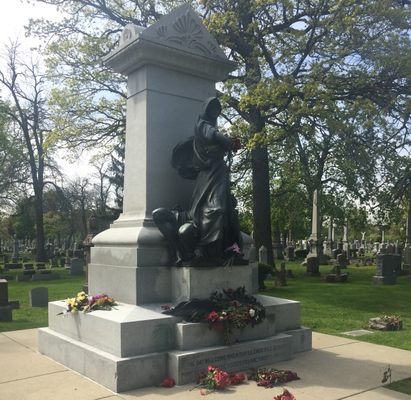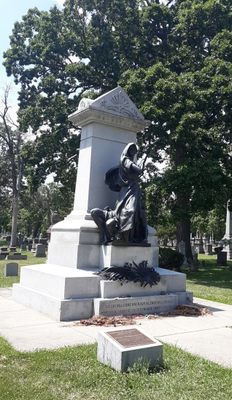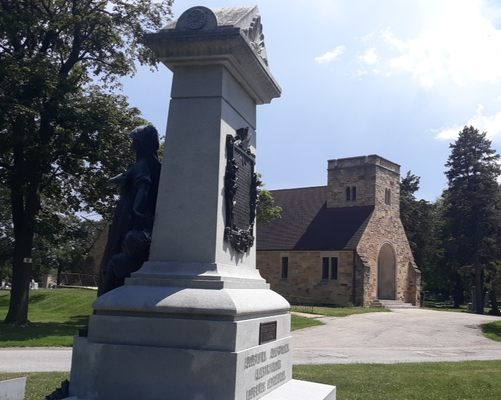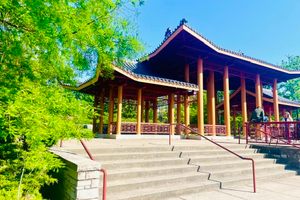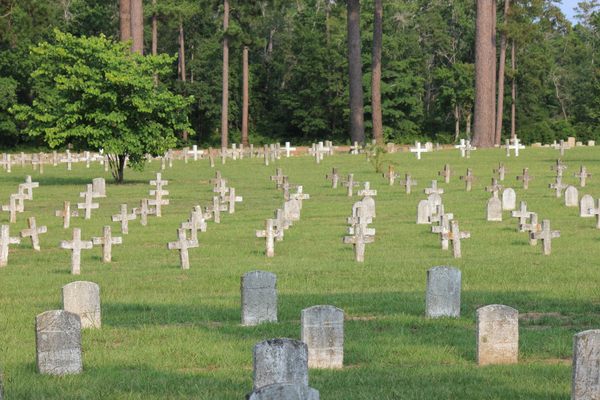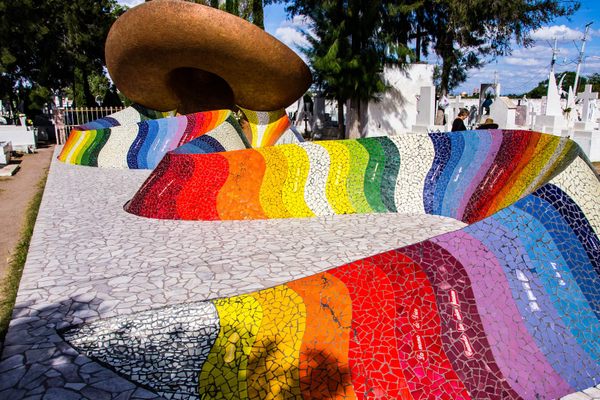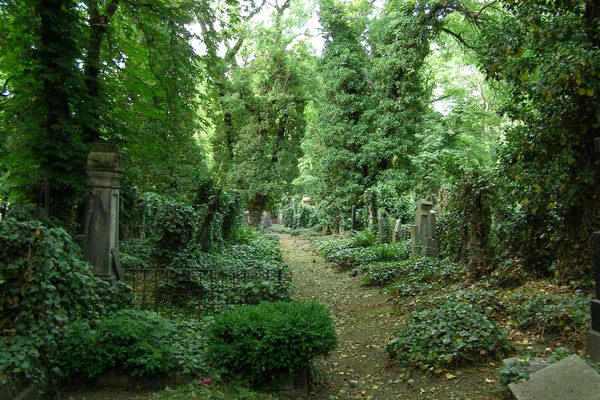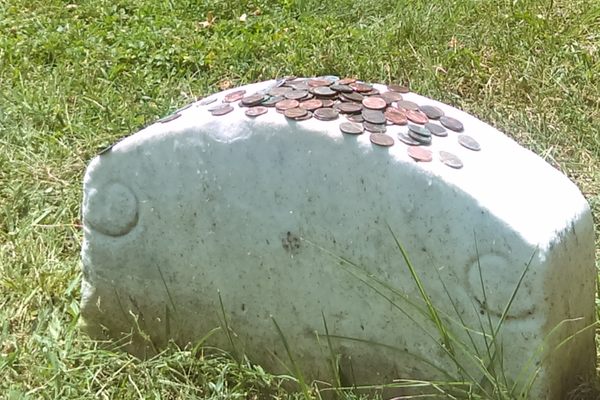About
The Haymarket Martyr’s Monument in Forest Home Cemetery (formerly Waldheim Cemetery) is a tribute to the anarchists who were executed for their alleged roles in the Haymarket bombing of 1886 that left several police officers dead and many others injured. Though there was never any proof of their involvement, August Spies, Adolph Fischer, Albert Parsons, Louis Lingg, and George Engel were sentenced to death for the bombing.
The day before his execution, Louis Lingg committed suicide by detonating a bomb in his mouth. The other four were hung on November 11th, 1887 despite pleas and protests against the injustice.
Since no cemetery in Chicago would allow the martyrs to be buried within, they were placed in Waldheim Cemetery. There was some reluctance, but the cemetery’s policy accepted everyone regardless of race, ethnicity, or politics.
On June 23, 1893, thanks to Lucy Parsons (widow of Parsons) and the Pioneer Aid and Support Association, the Haymarket Martyrs Monument was dedicated. On the front of the granite monument is the imposing figure of a woman representing justice standing over a fallen worker. The bottom of the 16-foot monument features the final words of August Spies: “The day will come when our silence will be more powerful than the voices you are throttling today.”
On the back of the monument is a bronze plaque that displays the decree by Governor John P. Altgeld that granted an absolute pardon to the remaining defendants convicted of participating in the Haymarket bombing. Michael Shwab, Oscar Neebe, and Samuel Fielden are represented on a plaque above the names of the five martyrs. Schwab and Neebe have their remains nearby and Fielden is the only one not buried at Forest Home.
In 1997, the monument was added to the Register of Historic Places, which usually does not commemorate graves. It was refurbished to celebrate the 125th anniversary of Haymarket in 2011.
An unintended effect of the monument was the desire for labor activists, radicals, and anarchists to be buried close by. Next to the monument is a series of grave sites referred to as “Radical Row.” There you will find the markers of notable activists such as Elizabeth Gurley Flynn, Lucy Parsons, and Sylvia Woods amongst many others. Most notable is the grave of anarchist Emma Goldman. Her tombstone stands out because it's much taller than the others and features a bas relief by sculptor Jo Davidson.
Related Tags
Know Before You Go
If you go: Forest Home Cemetery is open from 8 a.m. to 4 p.m. The cemetery is located just off the 290 expressway and is walking distance from the CTA Blue Line Forest Park stop. When you enter the main entrance, stay to the left and you will see signs directing you to the monument. The monument will be on the right hand side across from the chapel.
Community Contributors
Added By
Published
August 29, 2017
